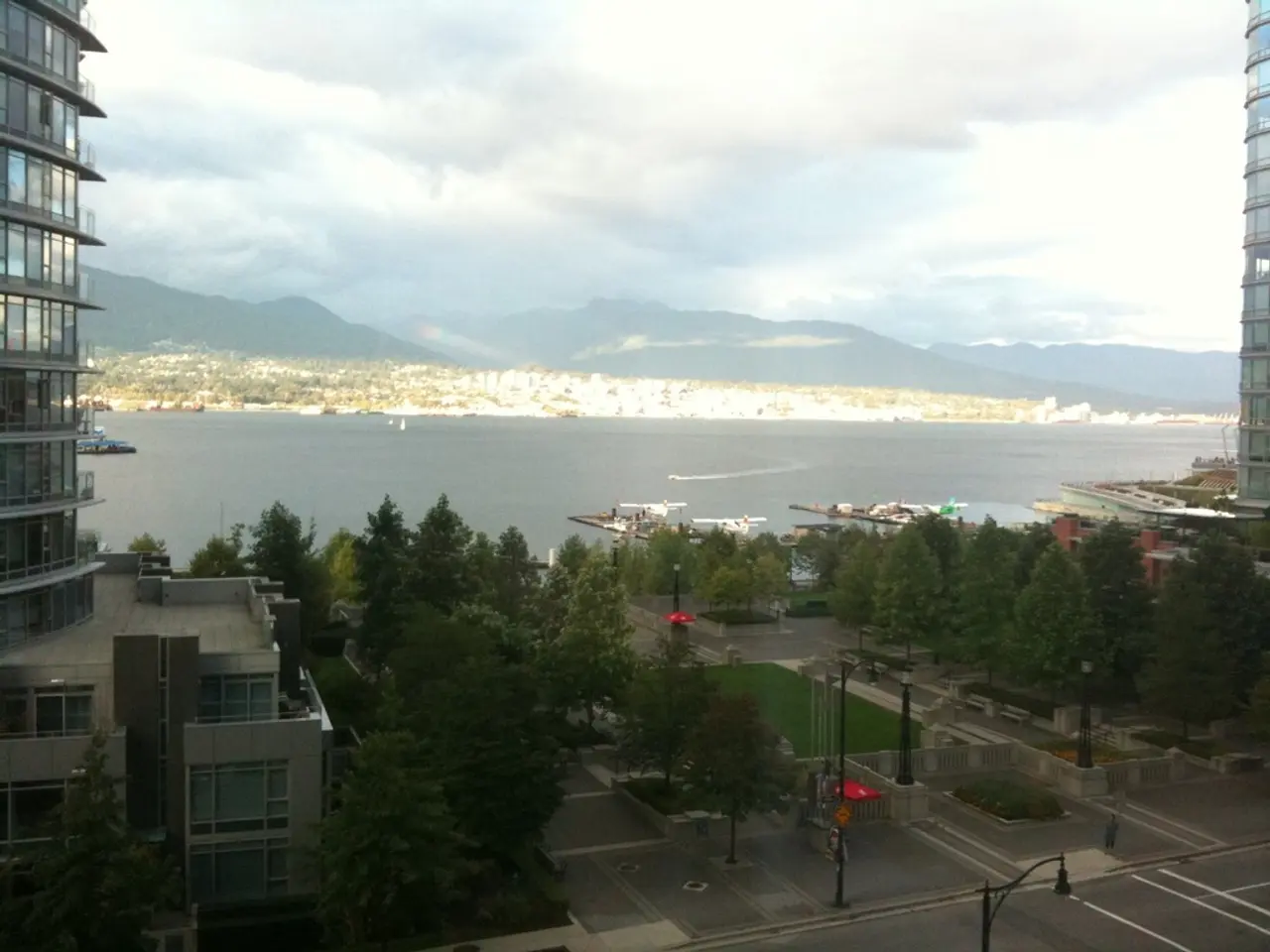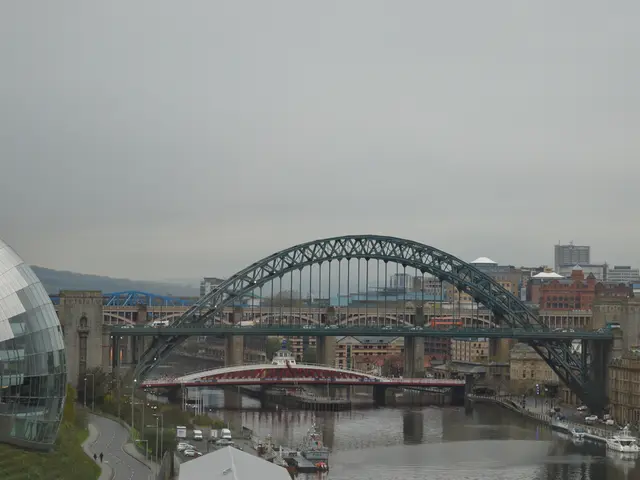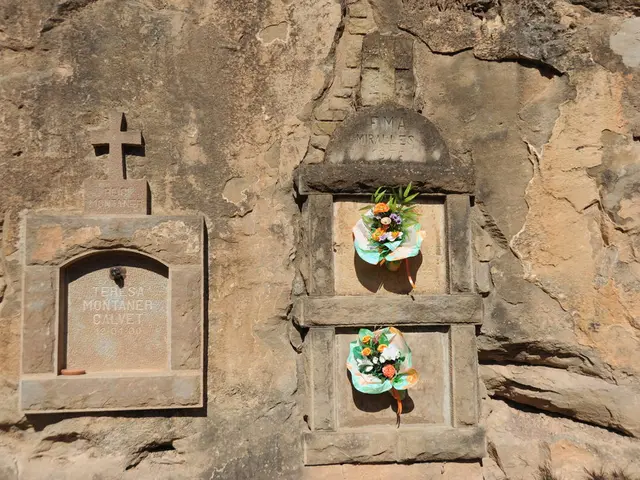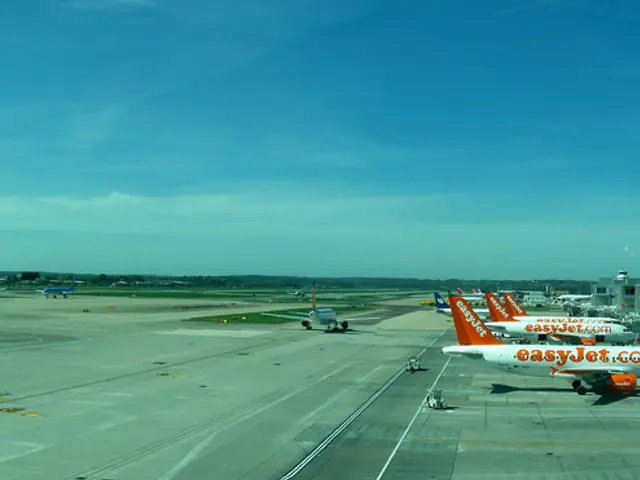Destroying Bingin Beach in Bali overlooks the substantial danger posed by excessive development
In the picturesque Uluwatu region of Bali, a long-standing informal settlement at Bingin Beach has been the centre of a heated debate since June and July 2025. The government-led demolition efforts, aimed at removing illegal constructions on public land without permits, have resulted in the destruction of over 40 businesses, including surf shops, restaurants, and small hotels that have been part of the community since the 1970s [1][2].
The settlement, known for its sustainable and integral part in the local heritage, has become a popular tourist spot, with some accommodations charging up to US$150 per night. Its informal, community-based housing style is a reflection of Indonesia's traditional affordable housing system, raising concerns about the impact of demolition on local residents and culture [1][3].
The sudden and sweeping nature of the demolitions has sparked controversy, with questions being raised about who benefits from clearing the land. While the local government defends the move as necessary enforcement of spatial and legal land use regulations, critics argue it ignores the broader issue of overdevelopment and lack of affordable housing for locals [1][2].
The Bingin Beach settlement is not the only development causing concern. The Amali project near Impossibles Beach is replacing low-rise tourist compounds with larger, denser resorts, including villa units excavated into a cliff. The excavation of the cliff for the Amali project caused a collapse of much of the natural cliff face in May 2024, with unclear formal approval status [1].
The Amali project, often described as an "impossible dream" of building more and more villas on fragile and limited coastland, represents a different kind of development. Whether it will make way for the demolished Bingin Beach settlement remains uncertain [2].
The Bingin escarpment development, with its incremental, irregular, and geared-to-context structures, stands in stark contrast to the large-grain and environmentally destructive Amali project [1]. The Morabito Art Cliff hotel, a recent addition, rises more than six storeys and obscures the natural landscape, further highlighting the environmental impact of such developments [1].
As the future plans for the area remain unclear, uncertainty looms for local business owners and potential investors. Concerns about property rights, community displacement, and the risk of further regulatory actions in Bali's high-demand tourist zones continue to be a point of contention [2][4].
References:
[1] The Guardian. (2025). Bali's Bingin Beach: the battle to save a surfing mecca. [online] Available at: https://www.theguardian.com/travel/2025/jul/15/bali-bingin-beach-the-battle-to-save-a-surfing-mecca
[2] CNN. (2025). Bali's Bingin Beach: A surfing paradise under threat. [online] Available at: https://edition.cnn.com/travel/article/bali-bingin-beach-surfing-paradise-under-threat/index.html
[3] The Jakarta Post. (2025). Bali's Bingin Beach demolition raises concerns over cultural preservation. [online] Available at: https://www.thejakartapost.com/news/2025/07/15/bali-s-bingin-beach-demolition-raises-concerns-over-cultural-preservation.html
[4] The Straits Times. (2025). Bali's Bingin Beach demolition raises concerns over property rights. [online] Available at: https://www.straitstimes.com/world/asia/bali-s-bingin-beach-demolition-raises-concerns-over-property-rights
Read also:
- Iberian region plunged into darkness due to power surge accident in Spain
- Corporate Biodiversity Reporting Gets a Revamp in 2024: Introduction of GRI 101 Biodiversity
- Approximate Global Gold Reserves Amount
- Has the time arrived for the Atomic Outboard, a novel marine propulsion concept, to make its mark?








